
Date: 27 September 2016
In an article published this week, Research Frontiers licensee Smartglass International addresses the long term savings that commercial organizations can realize when they install SPD-SmartGlass in their buildings.
From 2016-2023, it is estimated that $960 billion will be invested to make existing buildings more environmentally friendly. According to Smartglass International, smart windows "have become an increasingly popular feature in commercial design not only due to the aesthetic value they offer but because of their innate ability to increase the energy efficiency of commercial buildings."
The Smartglass International article provides insight into what they called the "significant and sustainable results" of using SPD-SmartGlass, as well as other benefits and financial considerations. We invite you to read the Smart Glass Windows - A View to Energy Efficiency article.
New SPD-SmartGlass Project at the University of Edinburgh
Smartglass International's Solar SmartGlass brand of SPD-SmartGlass has been selected for both new construction and retrofit projects. An example of a retrofit project currently underway is the University of Edinburgh's historic McEwan Hall.
The interior of this hall, built in 1897, is being refurbished. In an article on the Smartglass International website, the company indicates that its Solar SmartGlass "…will be retrofitted to the internal building walls to protect the beautiful paintings and features for many more years to come.
The glass will increase the functionality of the space by allowing instant control over the amount of light entering the hall. Smartglass International will create bespoke solar switchable panels that will be fitted inside each of the 13 circular oculi, each more than 2 metres in diameter."
By offering precise and instant control over the level of tint in a glass or plastic product -- from clear to very dark and any intermediate state -- Research Frontiers SPD-SmartGlass is a cutting edge green technology.
SPD-Smart products allow people to better manage light in ways that lower energy use, reduce environmental impact, and raise people's well-being and comfort. The New Buildings Institute reports that daylight harvesting can save 35-60% on artificial lighting costs in buildings.
SPD-Smart windows and skylights strongly support daylight harvesting goals by optimally regulating the amount of incoming natural light through windows so that occupants' task-lighting needs are satisfied and artificial lighting costs are reduced.
SPD-Smart products also dynamically regulate the sun's incoming heat -- capturing more on cold days and rejecting more on warm ones -- thus helping to reduce heating and cooling costs.
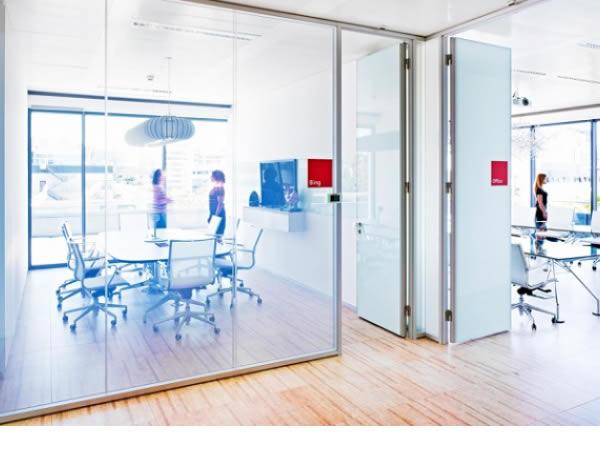 600450
600450

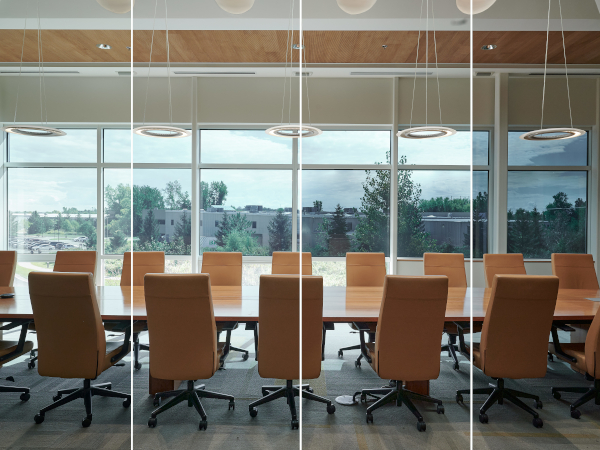
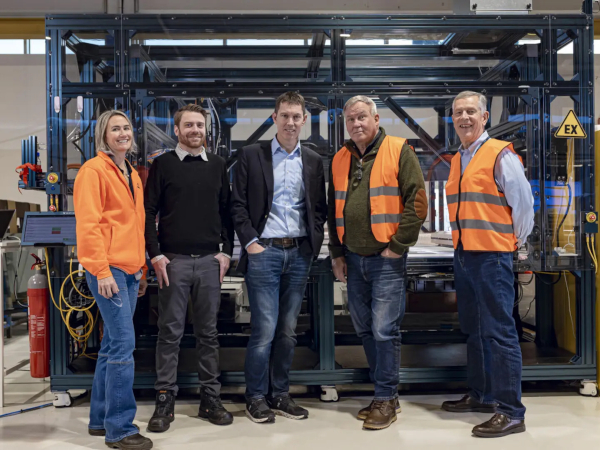

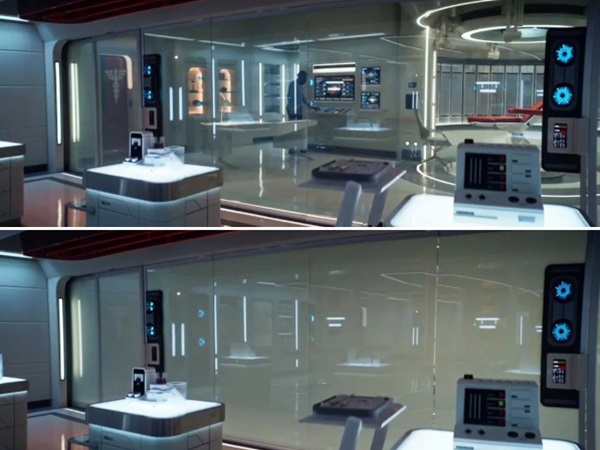
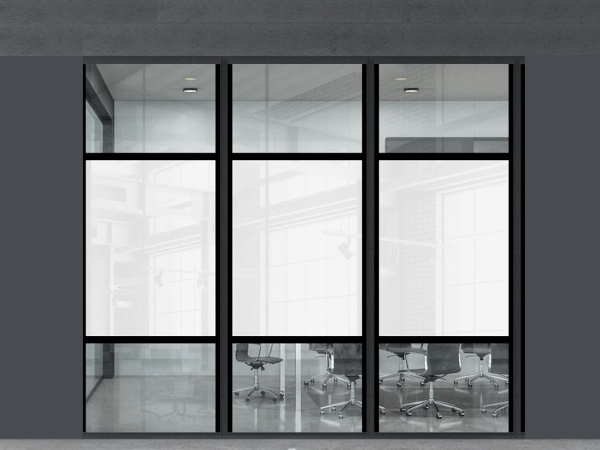
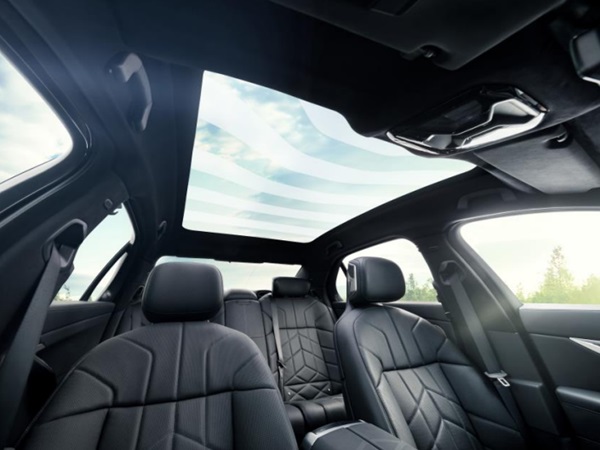


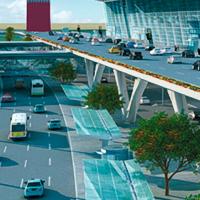
Add new comment